The subject of clothing and fashion since time immemorial has attracted much debate. For something whose primary purpose is to protect our body parts from elements such as the weather, it is rather shocking how it is politicized and judged. Fashion is a medium through which a cultural entity identifies themselves; an avenue for self-expression, a tool that can be used to start a narrative; the defining element between compliance and rebellion. Unfortunately, it is also used as a standard to measure who is deserving or undeserving of respect.
From an ethical viewpoint, is an individual deserving of respect because of how hidden their body is? Should respect be earned based on how much fabric is cladding a body? Historically, the feminist movement has fought to dismantle social structures rooted in patriarchy that have infiltrated society leaving men and women alike programmed to accepting delimiting social constructs of the female form as something to be ashamed of and which therefore ought to be hidden away.
In various African cultures, light clothing and partial nudity was an adaptation to the tropical climate and therefore not seen as immoral. Ironically these new ways of thinking are an imposition of aspects of colonial culture. These ideas have made their way into Law and have empowered some people to feel that it is alright to strip women naked in public because they are dressed “indecently”- a response to perceived indecency which in itself is a bigger irony. Surely, the logical response would be to put a boubou over their head? Unless the aim is to control women’s bodies and to shame them into conformity, then of course it makes sense.
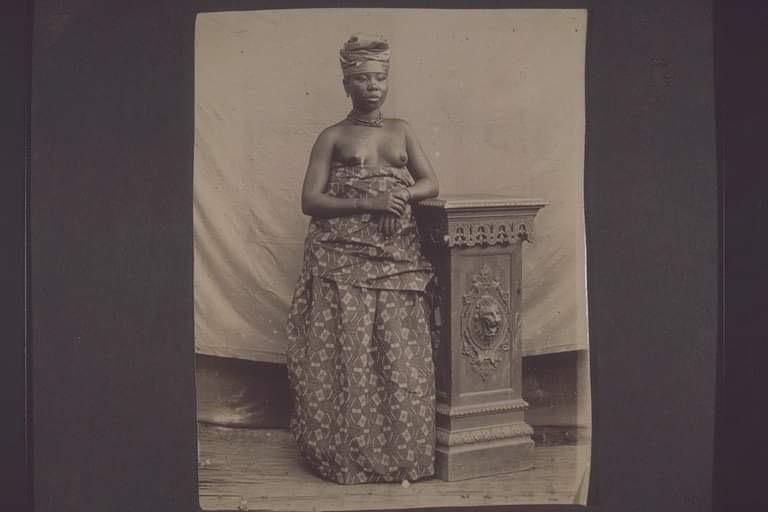
Fashion begins with the body. The body is a prerequisite to creating a gender-based identity in all its changing forms. Thus, it is no surprise that many women feel doubly attacked about what they wear and what their body looks like. The intersectionality of fashion and the body has resulted in many women adopting unhealthy practices such as altering the body with waist trainers to “look the part”; trying to fit into societal standards of beauty which form the basis of a value system and helps them gain power and recognition.
When it comes to fashion, women are pressured to conform and to second guess their fashion choices not because they want to but because they have to so as not to receive unsolicited stares, miss opportunities or be reprimanded, whichever is most convenient for those judging them. Conveniently, this is an “us” issue, as men’s fashion does not receive as much criticism or determine the self-worth of an individual. An example is the criticism Labour MP Tracy Brabin received for the off-shoulder dress she wore to parliament. Despite how resourceful or high up on the social ladder a woman is, her appearance is continuously under scrutiny. We see this represented on social media every day. As social media continues to gain popularity, so does our preoccupation with body image as we are bombarded with false narratives on what a woman’s body should look like.
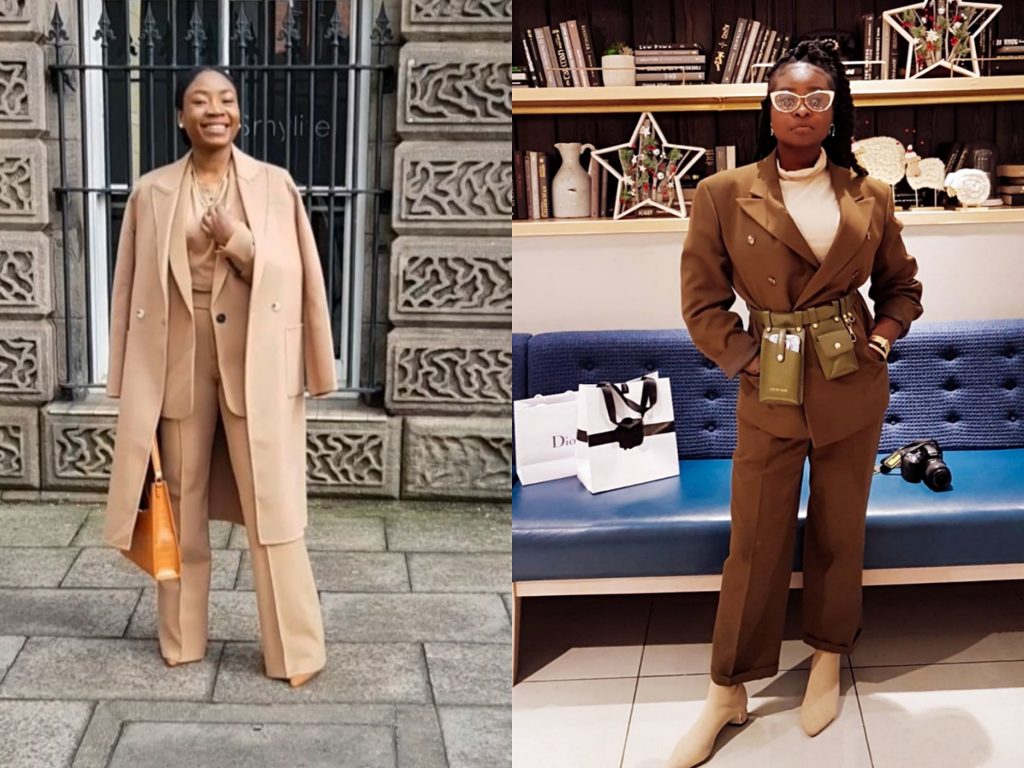
On the flip side, social media is a necessary evil that is providing a platform to portray various depictions of female body-positive fashion activists who are helping to shift narratives. Much like the 1970s feminists, women are reclaiming power and redefining what power dressing means to them. We see various photos of women on social media wearing blazers and men’s tailoring and hashtagging ‘girl boss.’ This form of power dressing has received some criticism from other feminists. Vivienne Westwood, one of the radical fashion designers from the 70s, expressed her dislike for women wearing men’s tailoring. She is quoted as saying that “I’ve never thought it powerful to be like a second-rate man”.
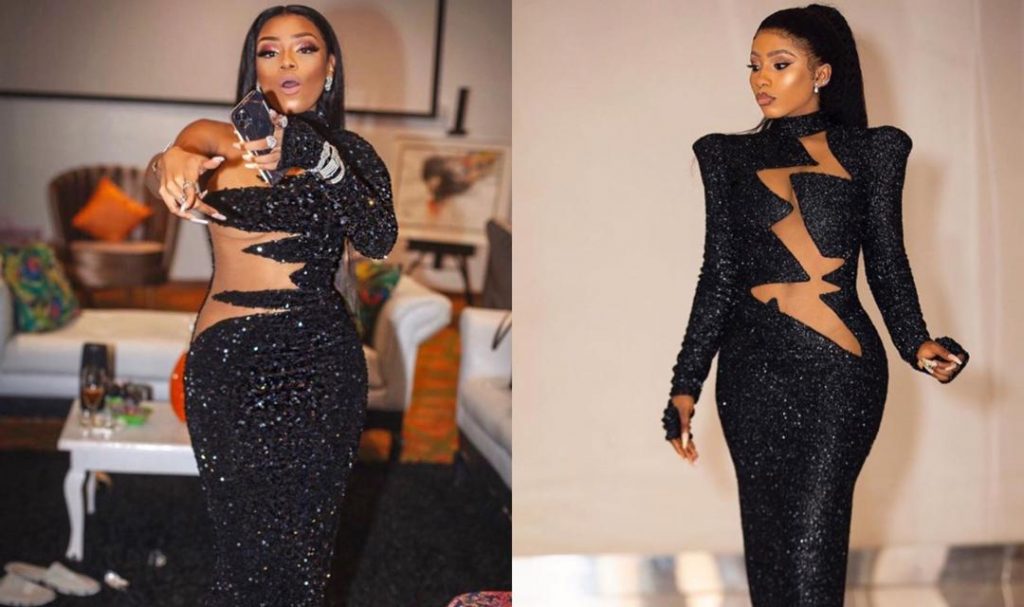
I think this is a somewhat simplistic view of fashion today. We cannot assume that women dress in a manner traditionally viewed as sexy or power-dressing solely for the purpose of attracting the male gaze and accessing male power. in fact, many women consider it their inherent right to dress in these ways as a form of self-expression and of creating female-centered power spaces – consider dominatrices and corsets for example.
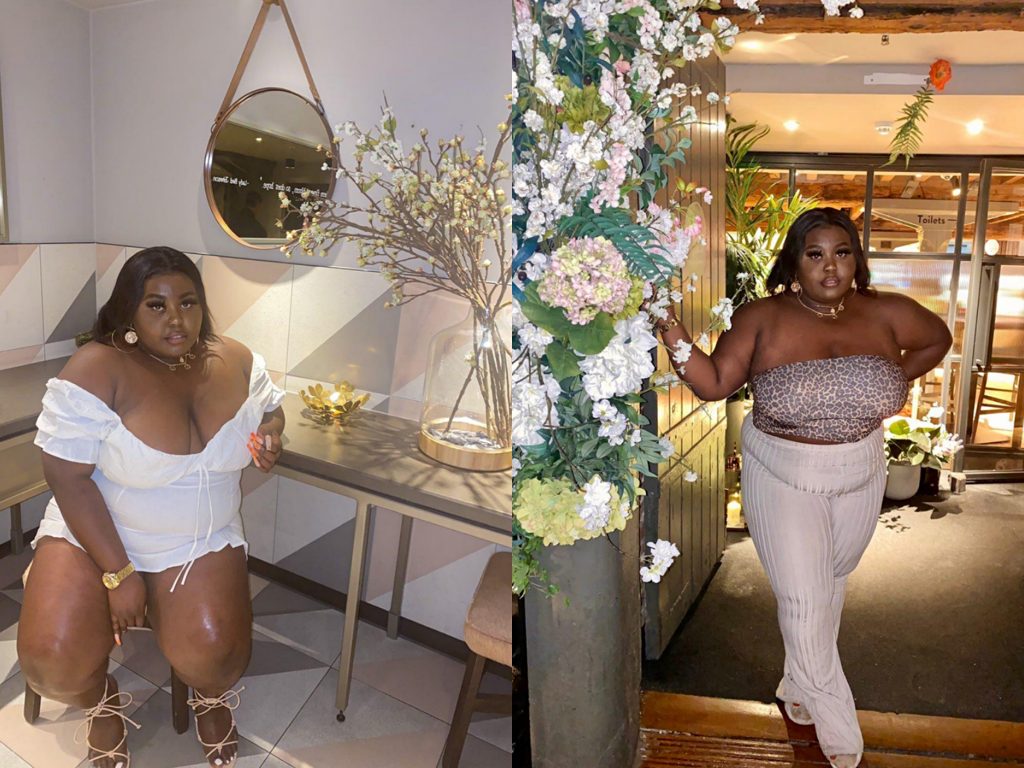
Preaching body positivity is not the sole goal here; we all know that to get to the stage where a person’s looks are not a basis for gaining opportunities, there is a lot to unlearn. Instead, we ought to join with pre-existing conversations to emphasise that all women are valid and deserving of self-worth regardless of what shapes or forms they come in, they should have the chance to feel as beautiful and powerful as they are.
So whether power dressing to you means wearing a suit, showing skin or wearing a frou-frou skirt, these are all good examples of how females should be unapologetically themselves in their expressions of who they are and be able to define their femininity with grace, edge, sass or however they are empowered to do so.

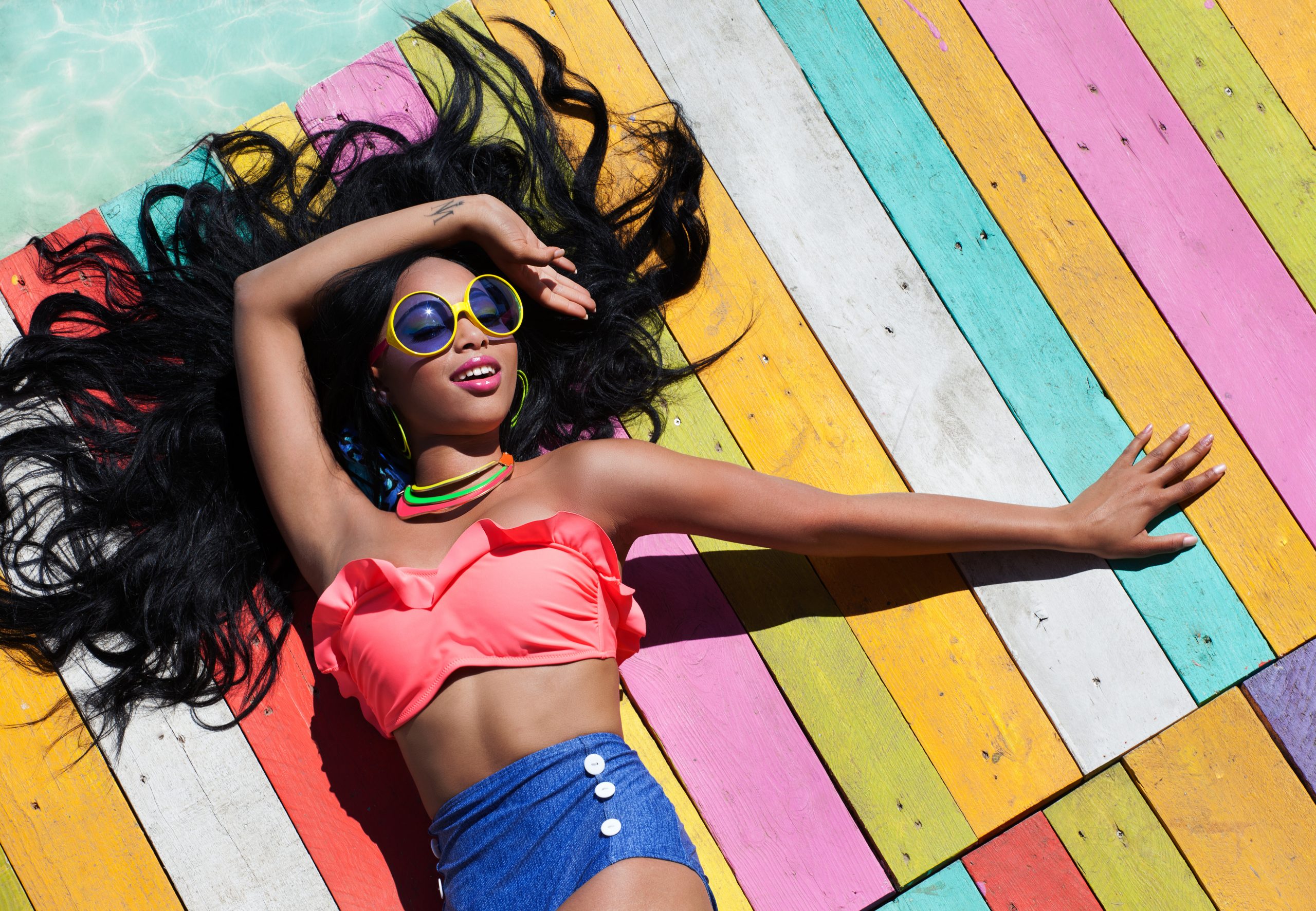




This is an excellent piece of work, thought provoking and painfully hard hitting. We all fear being cursorily judged for our appearance, in case this image doesn’t support our ethos and intent. Then face ridicule for being self absorbed in body image. The author has identified that real empowerment is portraying who you are and what you stand for, in the face of those who want to dictate who you should be. I look forward to more articles
Thank you for taking the time to read and adding your voice.
Good read. My only fear is that self-expression is being abused. What happens to censorship. There’s still a need to preserve the innocence of the young ones. Don’t know how that sounds but that’s my only worry.
Thanks for your input. I think there is a conversation to be had here. My question is, what is censorship and when does it apply? Is censorship expected when wearing “Western style” clothing but not when wearing traditional attire?
Love the women empowerment moment in the current years!! PS I love a good skirt and pant suit to help bolster my mood of being in control!!!
I’m with you on that! We all express our style in various forms.
Precise, informative and educational. Thoroughly enjoyed this article. Looking forward to reading your next article.
We are glad that this was informative and enjoyable.
Really very thoughtful analysis of the fashion climate. Couldn’t agree more with this brilliant writer that there is always a statement behind what one wears; clouded in culture, profession or even weather.
Thanks for taking the time to read and comment.
Amazing article! Thoroughly enjoyed the writing and the sentiment. Lovely to read an opinion of fashion from a multifacited viewpoint as opposed to the more than one dimentional, stereotypical, putting-people-in-boxes one normally reads.
Look forward to reading more from this author, you’re obviously a complex, intelligent, and thoughtful individual. Able to see things from many angles and perspectives.
Excellent work hun. You have always had great fashion sense that helps to encourage other to Express themselves and accept their flaws no matter what they look like or what others assume about them
Beautifully written! It would be nice if people would read this article and learn from it. Respect and tolerance of another person is the basis, regardless of shape or preferences.
I had not thought of the colonial impact on this new way of thinking that to have less clothes on is immoral. Great article.
That is something we came about through our research too. It’s interesting to learn the various things that shape our culture.